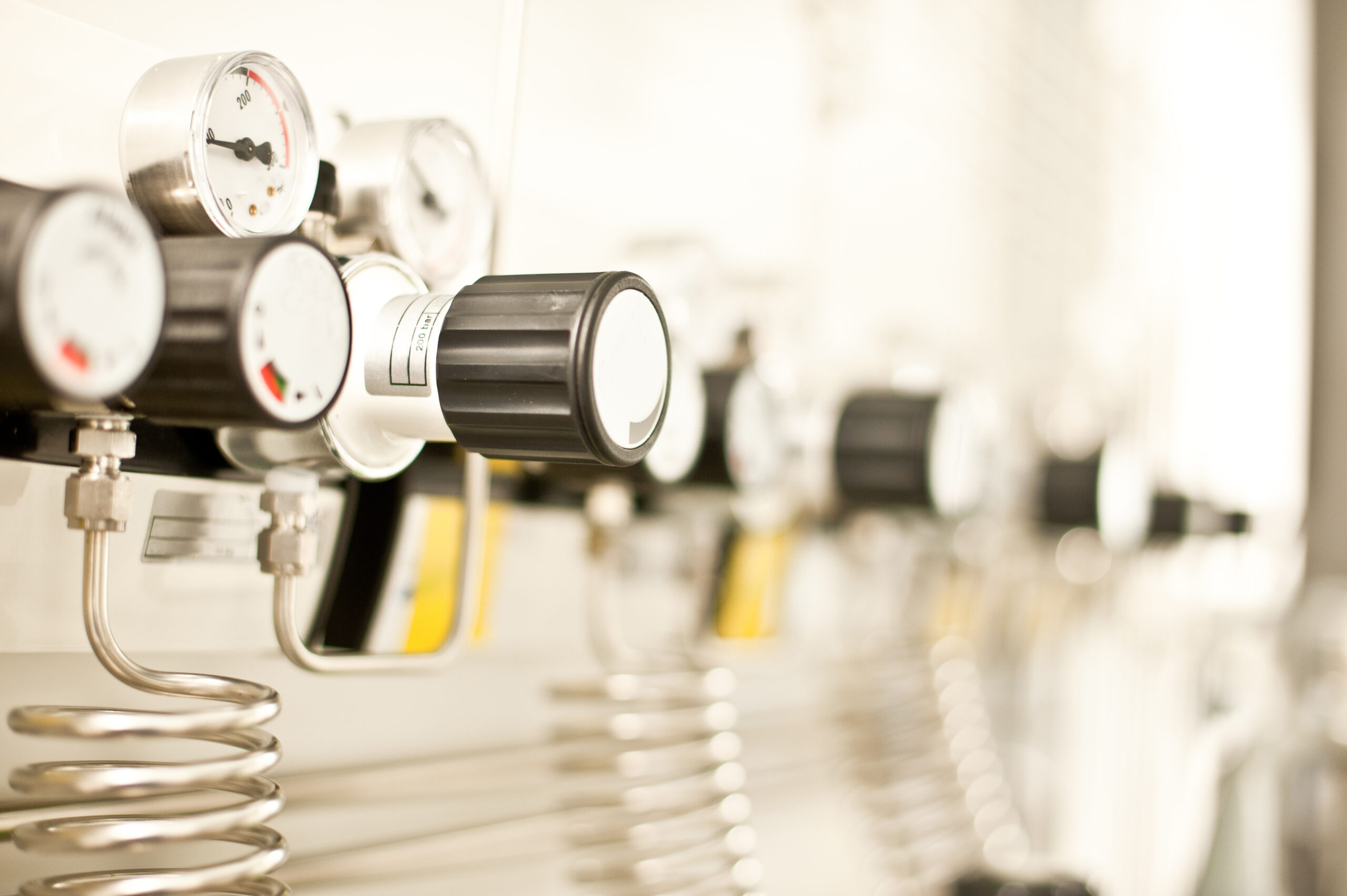Carbon markets are helping reduce landfill methane emissions

This opinion piece originally appeared in The Hill on July 15, 2021
by Margaret Williams, Technical Director at the American Carbon Registry
Methane is a potent gas, from the perspective of climate at least. Although it doesn’t remain in the atmosphere as long as carbon dioxide does, it has more than 80 times the warming power of CO2 over the first 20 years after it reaches the atmosphere. Because of this potency, achieving GHG emissions reductions in line with the timeline set by the Paris Climate Agreement requires urgent action on methane emissions from all sources, in addition to rapid decarbonization. And to do that, we need to look beyond burping cows.
When it comes to methane, much of the narrative centers on agriculture – one of the leading sources of its emissions in the U.S – as well as oil and gas extraction and production. But there’s another major source that doesn’t get nearly the same attention, although there’s one in nearly every town, city and county across the country. Landfills.
Landfills are filled with organic material. When that organic material decomposes without oxygen it generates methane. The EPA estimates that landfills are the third-largest source of human-related methane emissions in the United States, accounting for 15.1% of these emissions in 2019, equivalent to the annual emissions from more than 21 million passenger vehicles.
Regulations under the Clean Air Act require landfills of a certain size to install and operate what is known as “a gas collection and control system”, or GCCS. Currently, these systems are manually operated through a process known as well-field tuning. Once a month, a technician is required to measure the gas composition, flow, temperature, and pressure at each collection point at a landfill, and to make adjustments to reduce the methane emissions being leaked into the atmosphere.
Carbon markets have had a role to play in reducing methane emissions from landfills for some time. Landfills that were not required by regulation to install a GCCS are able to generate carbon credits by installing and operating one. The credits are generated through the emission reductions achieved by this voluntary action.
However, the number of landfills participating in the markets has reduced over time. Both state and federal regulations requiring landfills to install a standard gas collection system have expanded to cover more landfills of smaller sizes, making them ineligible to generate carbon credits simply from the installation of a GCCS.
Let’s be clear: this is a good thing. It’s how carbon markets should work. They are meant to incentivize early and ambitious action in absence of, or ahead of, regulation. But the problem is, although standard gas collection systems are better than nothing, they still allow significant amounts of methane to leak into the atmosphere. Manual, once-a-month well field tuning is not optimized for methane gas collection even if it does a good job of reducing other landfill gases. Even modest improvements in collection efficiency can have significant impacts at scale.
The good news is that technology exists that can automate the well field tuning process, thereby increasing the methane collection efficiency. Rather than monthly adjustments, cellular connected sensor systems can take hourly measurements and use cloud-based computing to automatically make small valve adjustments to continuously reduce the emissions of methane and other gases and optimize the collection process.
For a typical landfill where this gas collection system technology is used, it is estimated that 50,000 tons CO2 equivalent per year of emission reductions can be achieved by capturing methane in addition to what would be captured with a standard system. Applied at the thousand largest landfills in the country, this could produce emissions reductions of 50 million tons a year of CO2 equivalent.
As good as this sounds, there are also costs associated with the installation and operation of these advanced collection systems. This is where carbon markets can once again play an important role in the industry, by promoting action that goes above and beyond existing regulations. The markets can be leveraged to create a financial incentive for landfills to install these automated systems, which in most cases would not be economical otherwise. Landfills can use the revenue generated from the sale of high-quality credits to recoup the costs of installation and to benefit from enhanced gas collection moving forward.
It’s not just about greenhouse gas emissions and climate. Many large urban landfills are in proximity to communities that have the lowest income, lowest value housing, and often have a high density of underserved and under-represented populations. Automated technology reduces the amount of time landfill personnel have to spend in the landfill itself, which is often a dangerous environment to work in; it reduces odors associated with non-methane emissions; and it also reduces non-Methane organic compound emissions, which have adverse effects on human health and air quality.
With the change of administration, the U.S. is reestablishing itself as a global leader on climate change. But even with stronger government regulation, there are still significant opportunities for additional and immediate climate action that carbon markets can unlock. While certainly not as poster-ready as wind turbines or electric vehicles, the installation of new technology at landfills represents a serious, immediate and, in many ways, much more straightforward opportunity. One which we must be careful not to turn up our nose.


